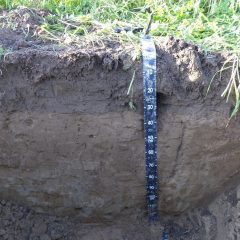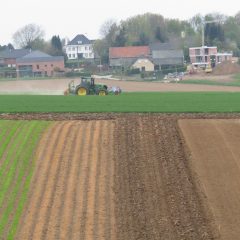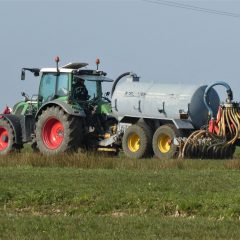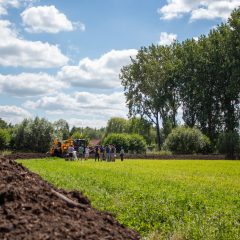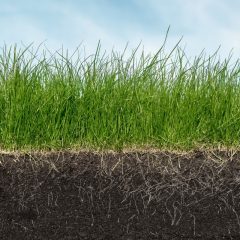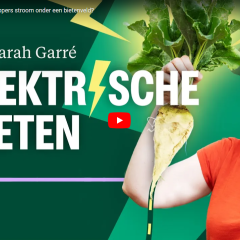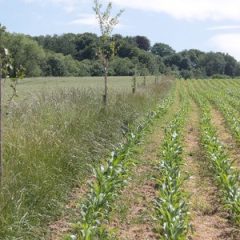Research project New dynamics for the compost industry due to synergy between green energy and high quality compost
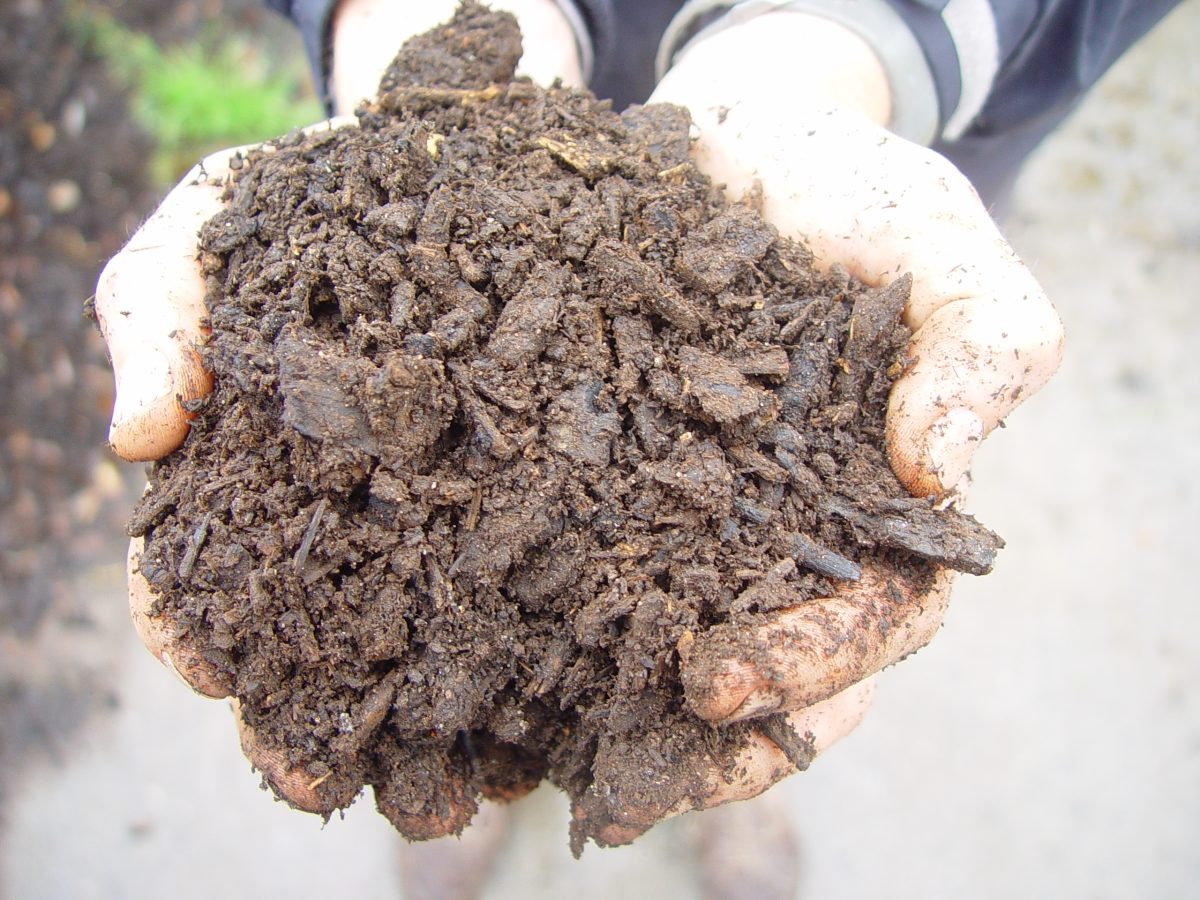
General introduction
How can the compost industry optimally apply the available biomass resources for producing green energy and high quality soil improvers? Can we set standardized quality requirements for both end products, being biomass streams and compost? What innovations in composting (adapted composting process in case of lower amounts of bulking agent) are feasible, and what are the possibilities for anaerobic digestion of the fine fraction of the green waste?
The project also focuses on the changes in end product characteristics (both compost and biomass streams). Does the production of high quality end products allow the compost industry to optimize profits for the companies involved?
Research approach
Current input streams are characterized by means of an inventory of the input streams and by calculating mass balances for both green waste compost as well as fruit, vegetable and garden waste compost. These data will be used for achieving an optimal distribution of input streams for green energy or for materials recycling (compost industry).
By analyzing critical process factors of the composting process we search for the necessary adaptations of the composting process in case of a changed input stream composition.
A quality assurance protocol for end products (biomass streams and compost) will be developed.
We will develop a company-specific decision support system for maximizing the profitability of compost companies, and we start a road map for planning the changes in the target group companies.
Relevance/Valorization
Compost companies can create more revenues when they can maximize their contribution to green energy both by anaerobic digestion and by valorization of bulking agents as biomass streams in addition to producing high quality compost. In this way the gate fee for both green waste compost as well as fruit, vegetable and garden waste compost can be maintained or can even be decreased. Based on the developed decision support model each composting plant can optimize its activities. Each company can decide on the optimal distribution of input streams between both processing techniques based the company’s specific circumstances.

